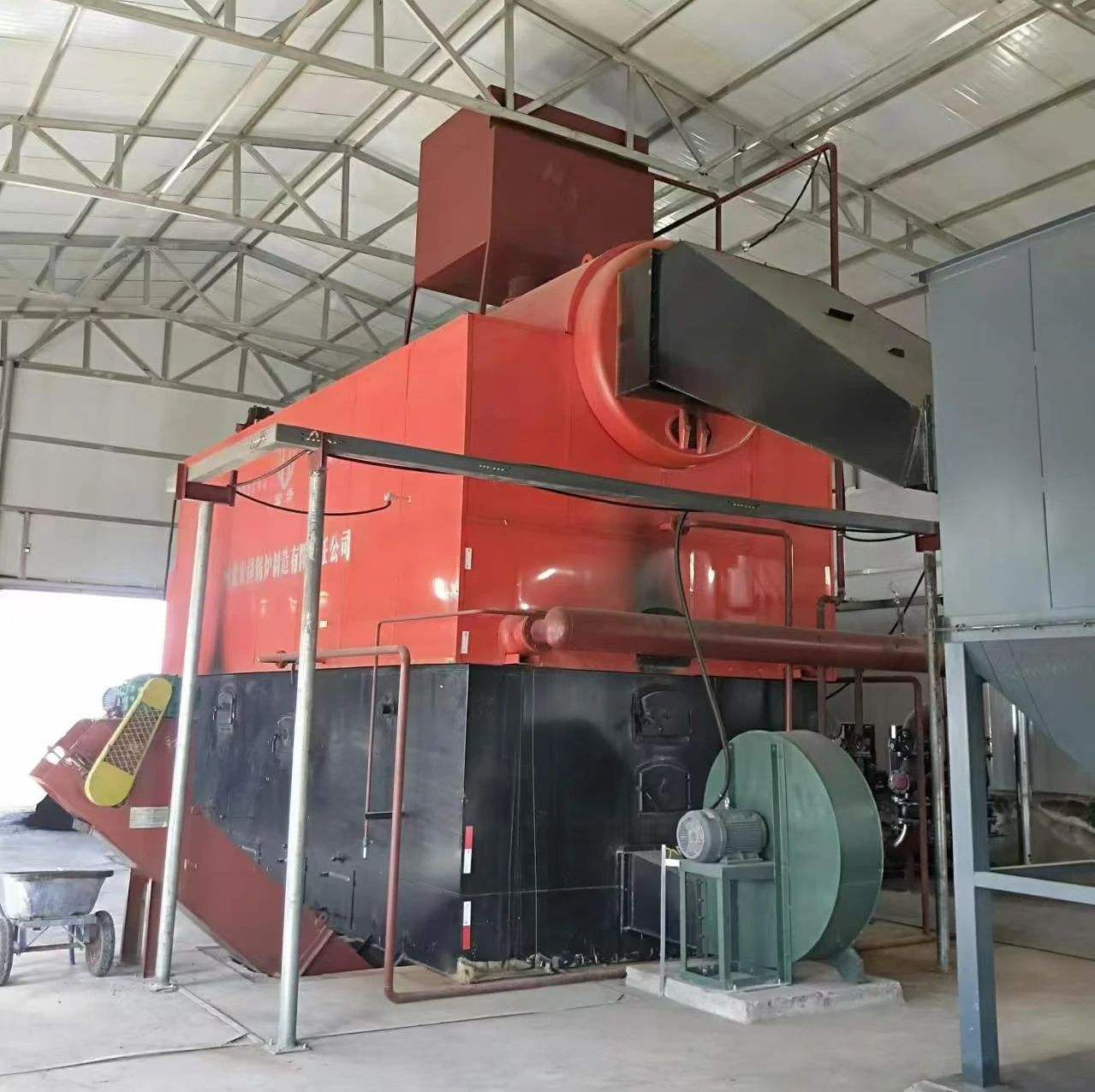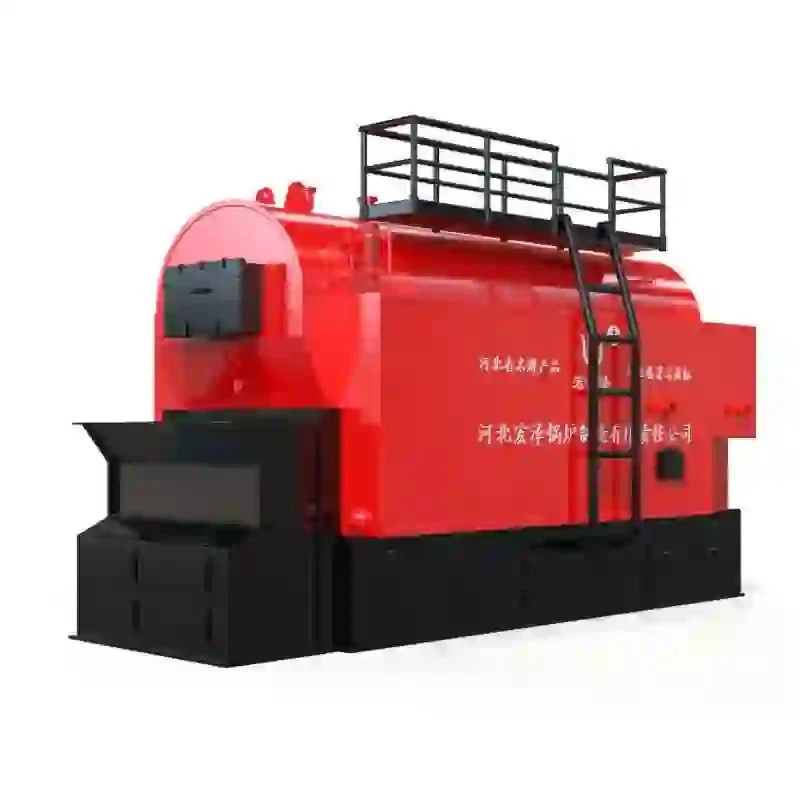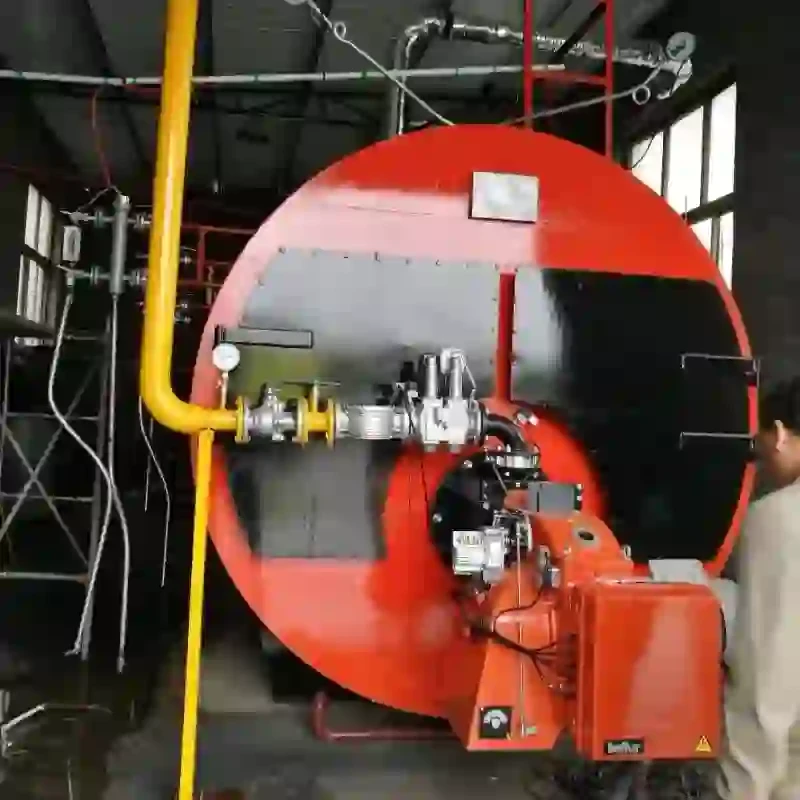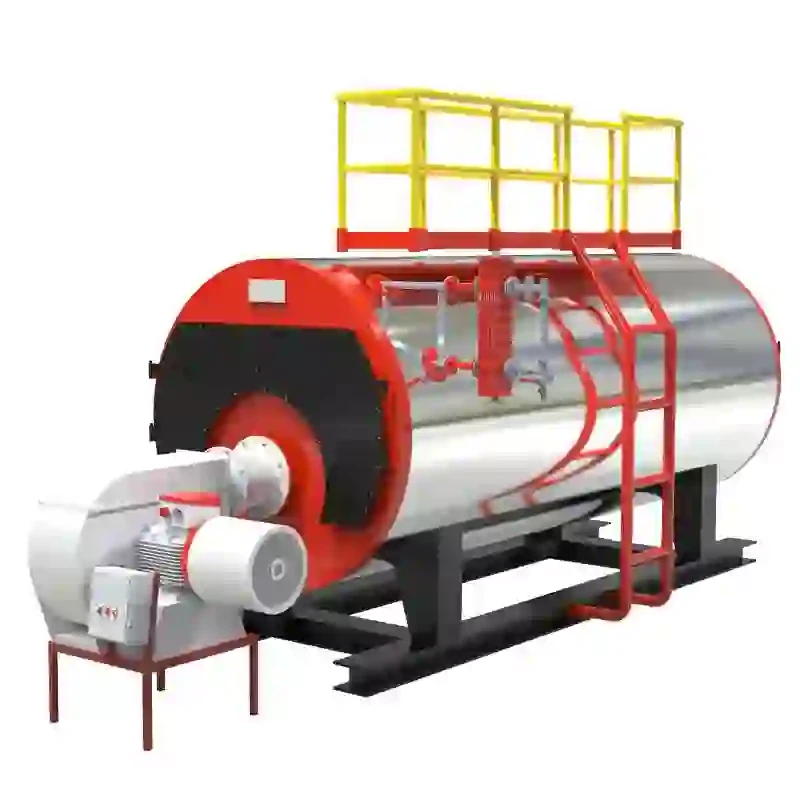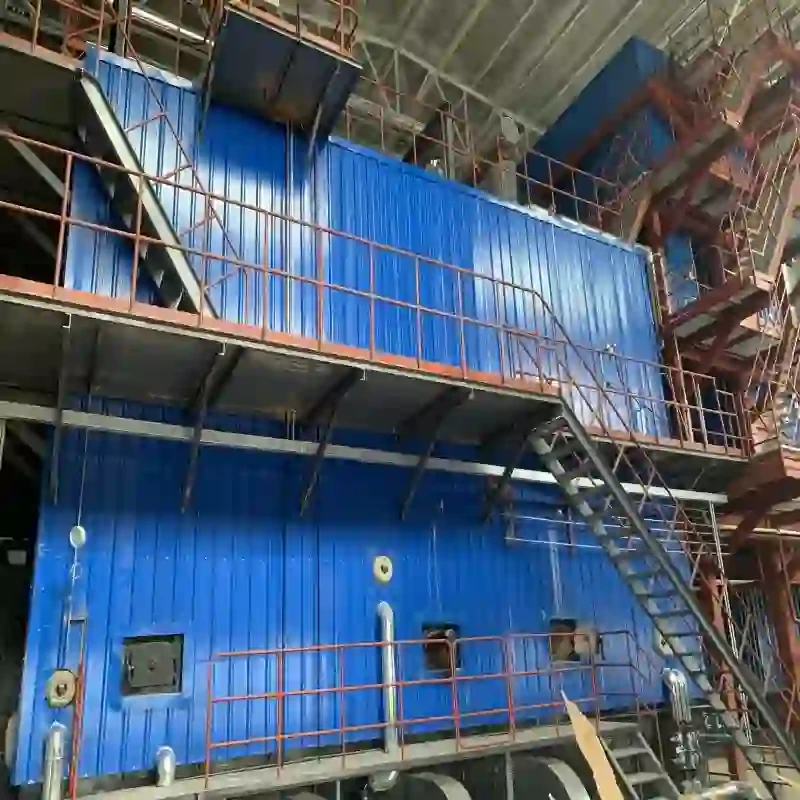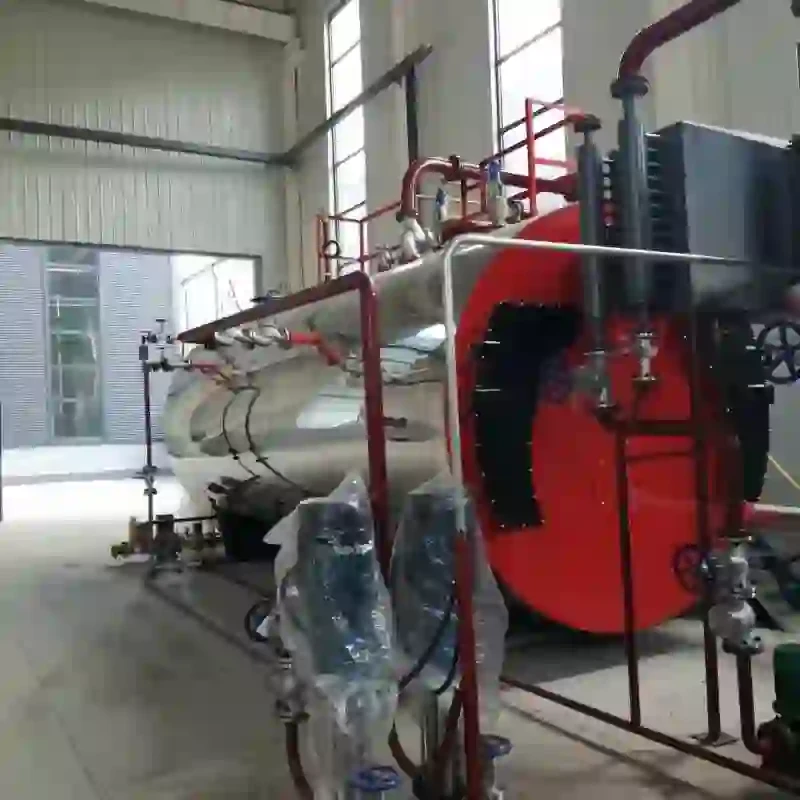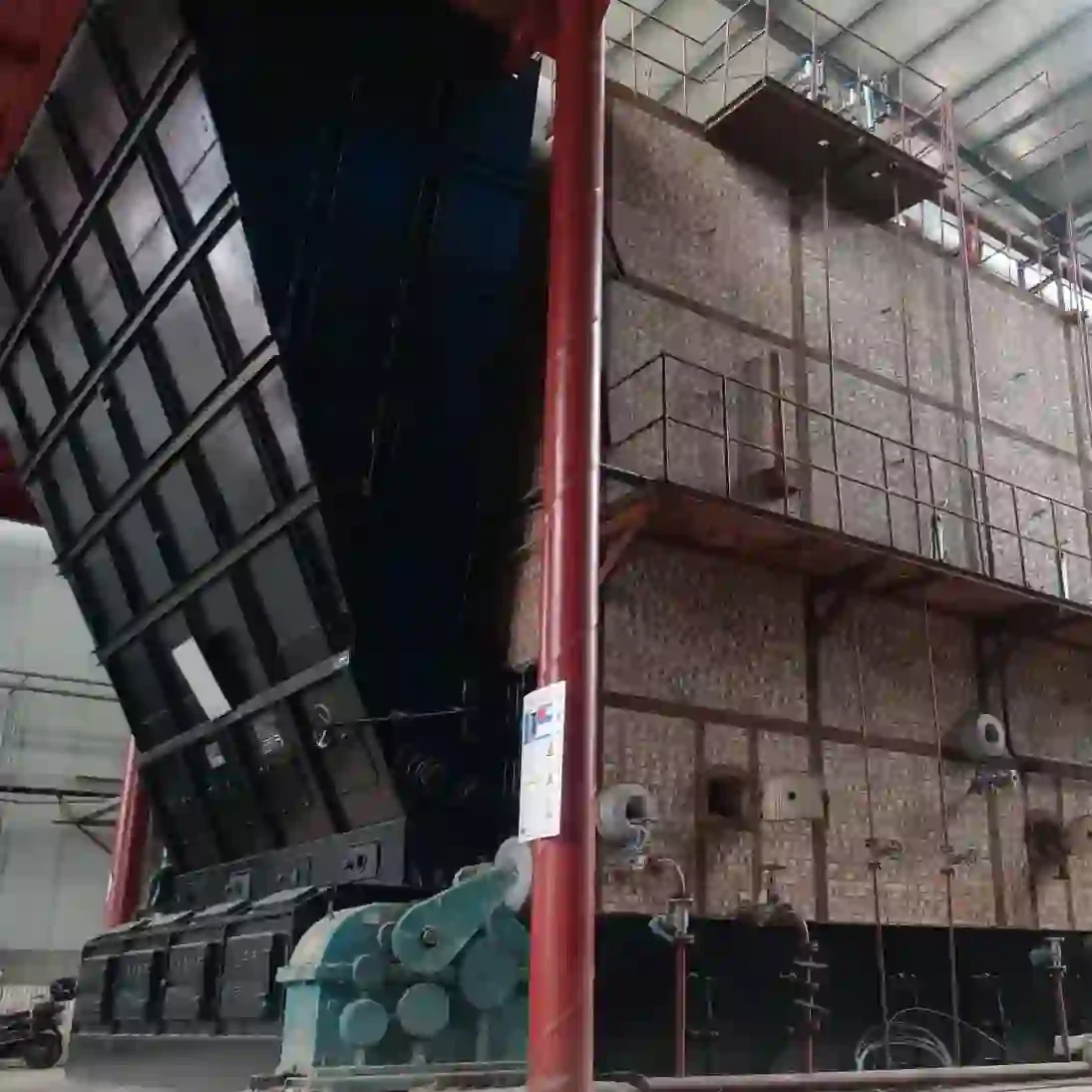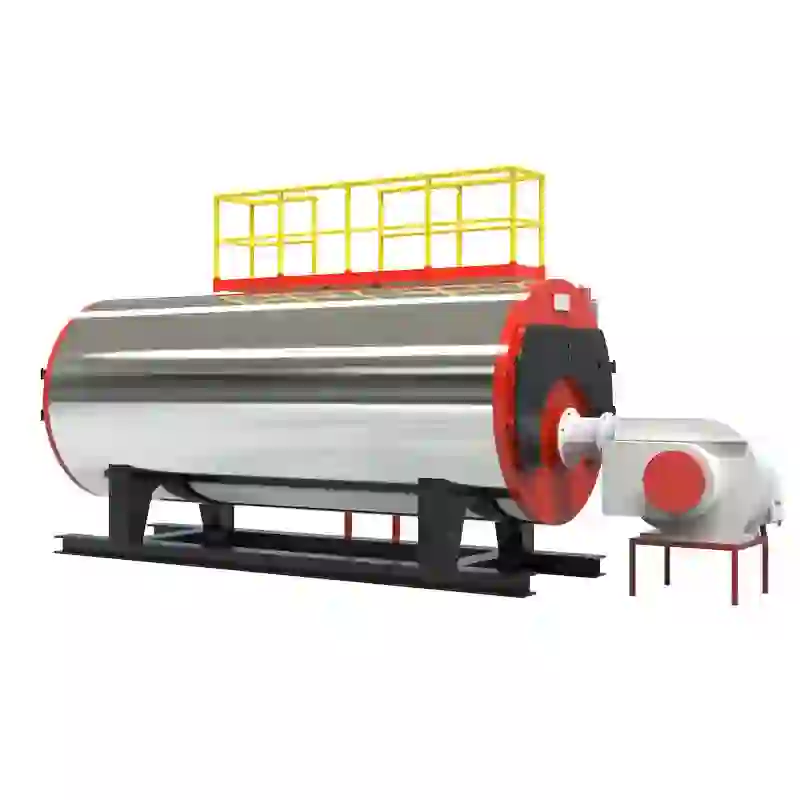
অক্টো. . 19, 2024 00:14 Back to list
High Pressure Steam Boiler Operating Pressure and Efficiency Considerations
High Pressure Steam Boiler Understanding PSI and Its Significance
High pressure steam boilers are crucial components in various industrial applications, providing an efficient means of generating steam for power generation, heating, and other processes. One of the most critical measurements related to these boilers is pressure, often represented in pounds per square inch (PSI). Understanding how PSI affects the operation, safety, and efficiency of a high pressure steam boiler is essential for anyone involved in its management or operation.
The Basics of PSI in Steam Boilers
Pressure in a steam boiler is a measure of the force that steam exerts within the system. High pressure steam boilers typically operate at pressures above 15 PSI, with many industrial applications running at pressures exceeding 100 PSI. As the pressure increases, the boiling point of water also increases, allowing the generation of steam at higher temperatures. This ability to operate at elevated temperatures enhances the efficiency of energy transfer in various applications, from electricity generation to providing heat in manufacturing processes.
Efficiency and Performance
Operating at high pressure can significantly improve the efficiency of the steam generation process. Higher pressure allows for more energy to be harnessed from the steam, which is particularly beneficial in power plants where steam is used to drive turbines. This results in higher output and reduced fuel consumption, contributing to lower operational costs. However, it is vital to monitor and manage pressure levels carefully. Excessively high pressure can lead to equipment failure, boiler explosions, and severe safety hazards.
high pressure steam boiler psi

Safety Considerations
Safety is paramount in the operation of high pressure steam boilers. With increased PSI, the risks associated with boiler operation also rise. It is critical to adhere to regulatory standards and guidelines to ensure safe operation. Regular maintenance, including pressure testing and inspection, is necessary to identify weaknesses or potential failures in the boiler system. Safety relief valves are essential components that prevent excessive pressure by releasing steam when pre-set pressure levels are reached.
Regulatory Compliance
Many countries have established strict regulations governing the operation of high pressure steam boilers. These regulations often involve routine inspections, safety checks, and compliance with engineering standards to mitigate risks associated with high-pressure operations. Understanding and adhering to these regulations is crucial not only for safety but also for legal compliance and maintaining operational licenses.
Conclusion
High pressure steam boilers play an essential role in modern industrial applications, where efficiency and energy output are of paramount importance. The measurement of pressure, expressed in PSI, is a key factor that influences the performance, safety, and regulatory compliance of these systems. Proper management of pressure levels ensures optimal operation while minimizing risks. For anyone involved in the operation or oversight of high pressure steam boilers, a thorough understanding of PSI and its implications is vital for maintaining safe and efficient systems. As industries continue to evolve, the importance of reliable and efficient steam generation remains a cornerstone of modern engineering and technology.
-
Best Steam Boiler Design PDF Free Design Calculation & Diagram Downloads
NewsJun.10,2025
-
Hot Boiler Water Heater Efficient Heating Solutions for Home & Commercial Use
NewsJun.10,2025
-
Steam Boiler Safety Devices High-Quality Protection Valves
NewsJun.10,2025
-
Ultimate Steam Boiler Checklist for Safety & Efficiency
NewsJun.10,2025
-
Optimal Hot Water Boiler Temperature Setting Guide
NewsJun.10,2025
-
Effective Hot Water Boiler Chemical Treatment Protect & Maintain
NewsJun.09,2025
Related PRODUCTS






